VRLA-GEL
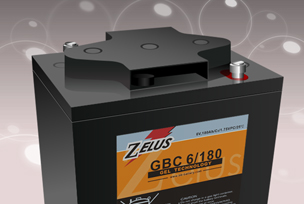
Advantages of GEL Batteries
- No leakage and spillage result in common corrosion.
- No evaporation, much reduce water loss.
- Better resistance to extreme temperature change.
- Better vibration-resistant and shock-resistant.
- Better tolerance to possible over charging and discharging.
GEL Electrolyte
Battery electrolyte is generally a solution of 35 percent sulfuric acid and 65 percent water. The solution produces electrons through a chemical reaction, which creates the "juice" that makes a battery work. Adding fumed silica to the sulfuric acid adds a thickening effect to the electrolyte, and suspends the acid. Fumed silica is quartz sand that has been cooked in a 3000 degree electric arc. By thickening the electrolyte, the battery does not require the monitoring that traditional batteries require. Effectively extend battery cyclic life, because it does not stratify.
Relieving GEL Battery Pressure
GEL batteries contain a valve regulating system. This system allows gas to be released or expelled when needed. Along with the gas being expelled, The alloy contains Calcium instead of Antimony, therefore generates very low gas. Integrated with high-tech vent valve, opening and closing pressure could be controlled effectively and precisely.
Charging A GEL Battery
Overcharging a GEL battery will dry out the gel electrolyte, causing holes in the GEL that don't fill back up (heal). Undercharging can be just as harmful. If Undercharging becomes a habit, the positive plate of the battery will form a layer of sulfate. Over time, the sulfate build-up prevents the ability to recharge the battery. A regulated and approved charger or charging regime can prevent from over-or under charging.
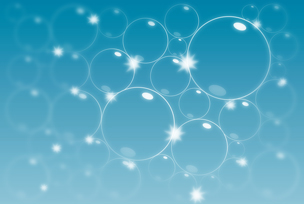
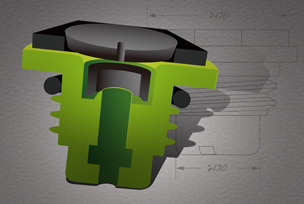
COMPARISON between GEL & AGM types VRLA BATTERIES
| Topic | GEL Products | AGM Products |
|---|---|---|
| 1. State of Electrolyte | Completely immobolized in Silicon GEL ( Si02) ie. not in complete liquid state | ln free state, trapped in Absorbed Glass Mat (AGM) ie. in complete liquid state |
| 2. Internal Resistance | Higher, due to the physical property of Silicon GEL | Lower, due to the free state of electrolyte |
| 3. Electrolyte Volume | Higher, due tothe filling up of free space inside the cell by gellified electrolyte | Lower, due to the existence of electrolyte in glass mat only |
| 4. High Power Discharge Performance (< 30 minutes) | Fair, due to a higher resistance - electrolyte immobolized | Excellent, due to a lower resistance - free state of electrolyte |
| 5. Long Duration Discharge Perbrmance (> 1 hour) | Higher Stability | Medium Stability |
| 6. Self Discharge Rate (under warehouse storage) | Lower | Higher |
| 7. Gas Recombination Efficency | Lower, especially at initial service | Higher, till the end of life is approached |
| 8. Thermal Runaway | Extremely rare | Rare |
| 9. Run-in Speed : to attain full capacity | Comparatively, more cycles,or longer float charge time is needed | Comparatively, more cycles,or longer float charge time is needed |
| 10. Tolerance to Overcharge | Extremely high | Lower |
| 11. Acid Stratification | Impossible - due to point#1 | comparatively more possible - due to point# 1 |
| 12. Deep cycle life | Excellent | Shorterthan Gel |
| 13. Thermal Capacity & Thermal Exchange Capability | Higher, due to a higher electrolyte amount | Lower, due to a lower electrolyte amount |
GEL Battery Character
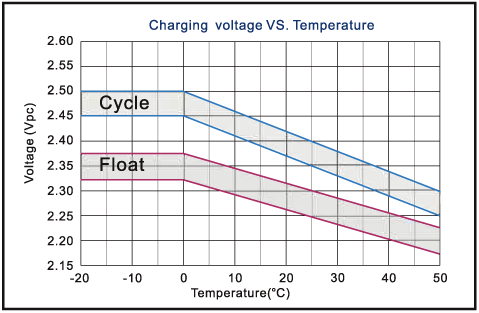
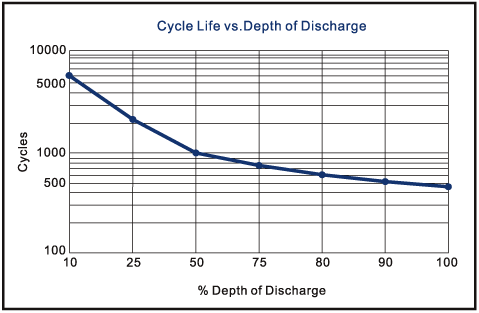
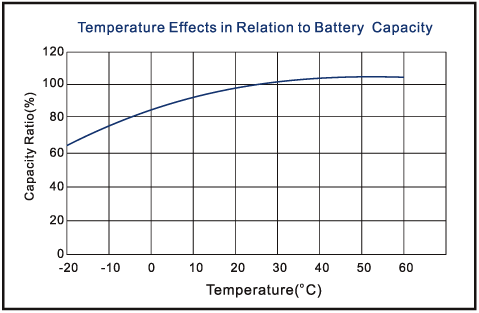
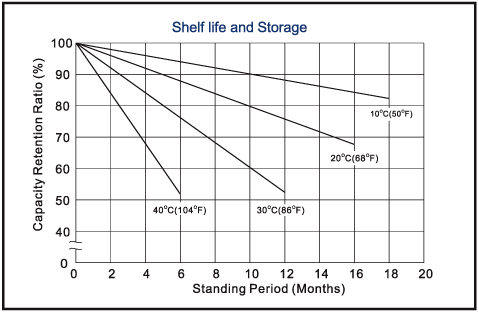
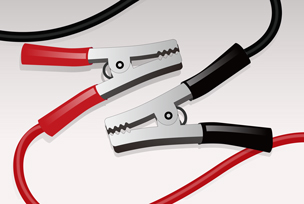
Charging Instruction:
Do not install and charge batteries in a sealed or non-ventilated compartment. Recommend to use a temperature compensated, constant Potential, voltage-regulated charger. Constant under or overcharging will damage the battery and shorten its life as with any battery.
Many chargers on the market claim to be "GEL friendly", but are not. Some overcharge the batteries, while others may not fully charge the batteries.
Standard constant current or taper current charger must not be used. A temperature sensing charger should always be used.



 Global / English
Global / English Global / English
Global / English USA / English
USA / English






